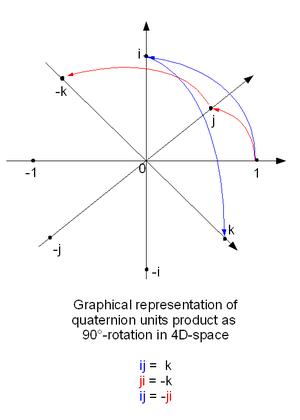
Cargando...
Què puc hacer?
226539 materialEducativo
textoFiltroFichatipo de documento Article Wikipedia DbpediaThing Enllaç a l'article de wikipedia
Sobre aquest recurs...


Mira un ejemplo de lo que te pierdes
Categories:
Etiquetes:
Fecha publicación: 21.4.2015
Vols comentar? Registra't o inicia sessió
Si ya eres usuario, Inicia sesión
Afegir a Didactalia Arrastra el botón a la barra de marcadores del navegador y comparte tus contenidos preferidos. Más info...
Comentar
0